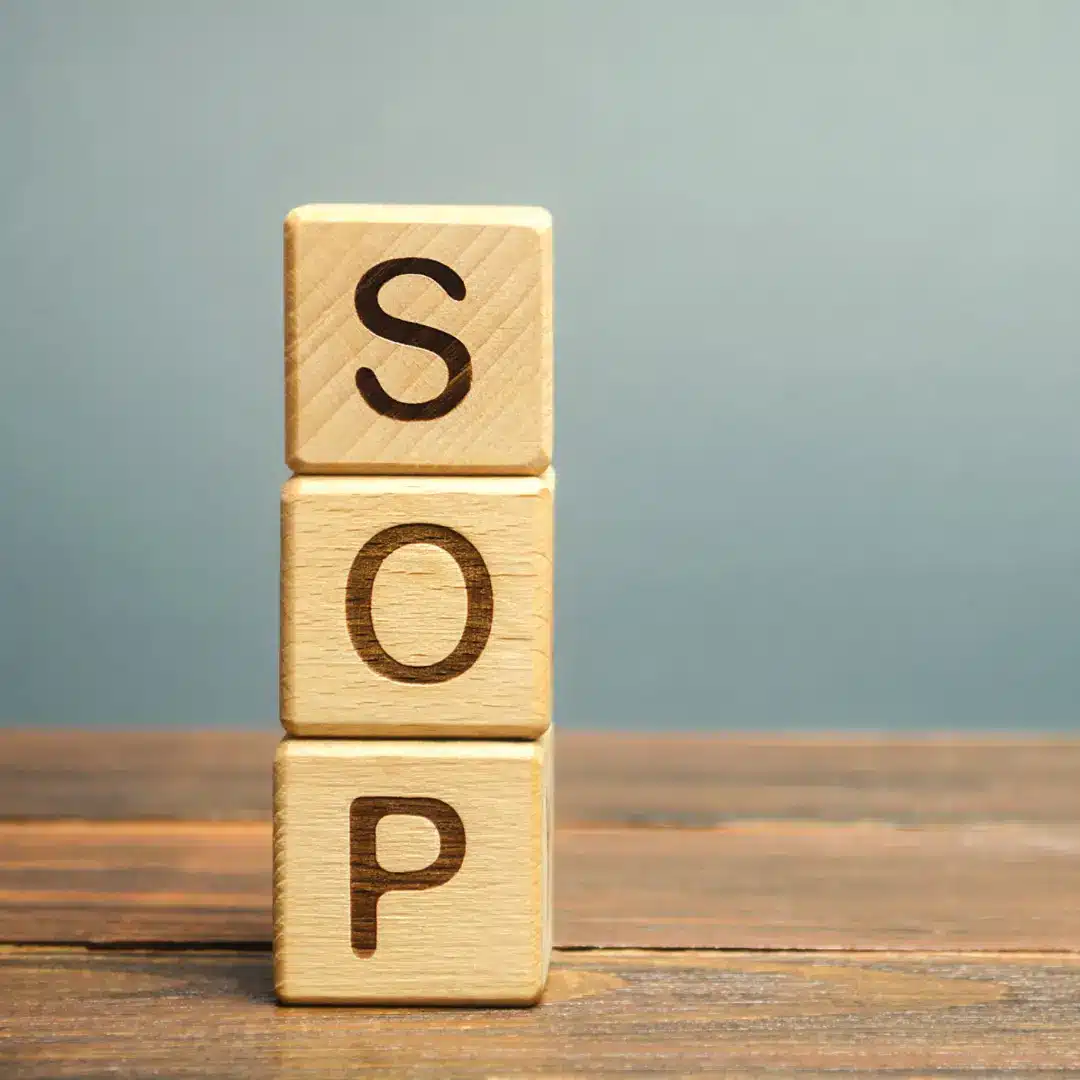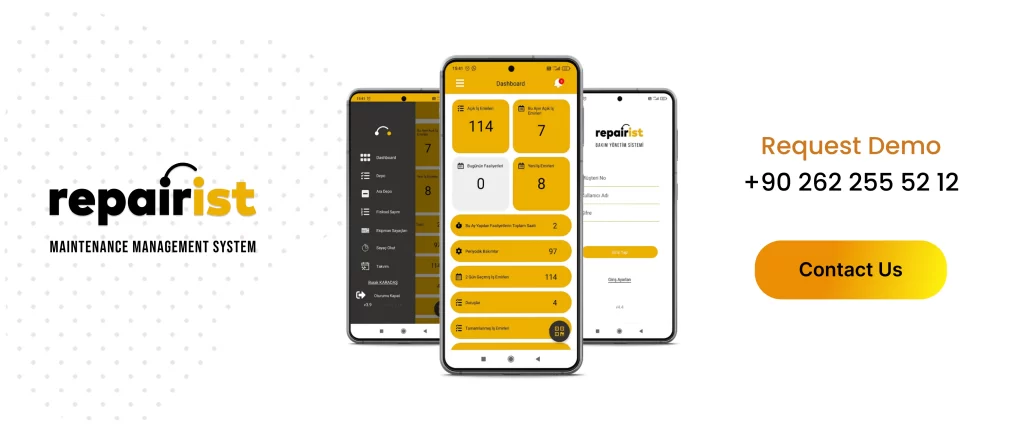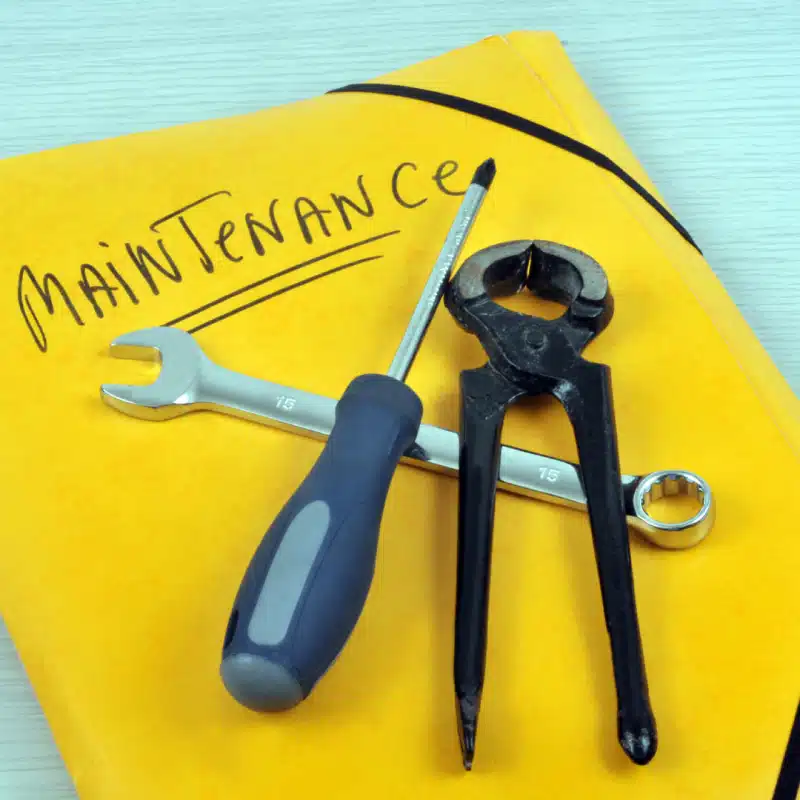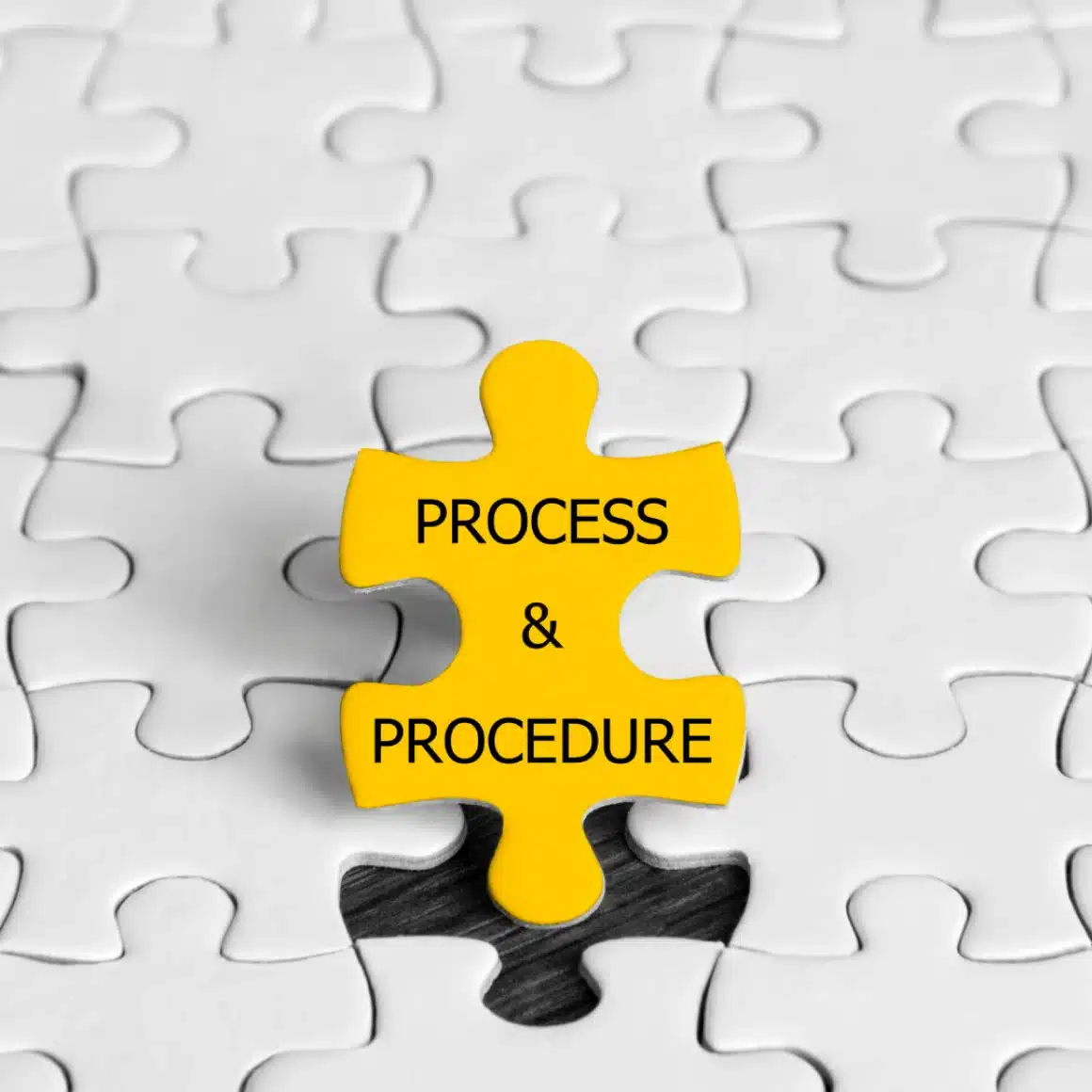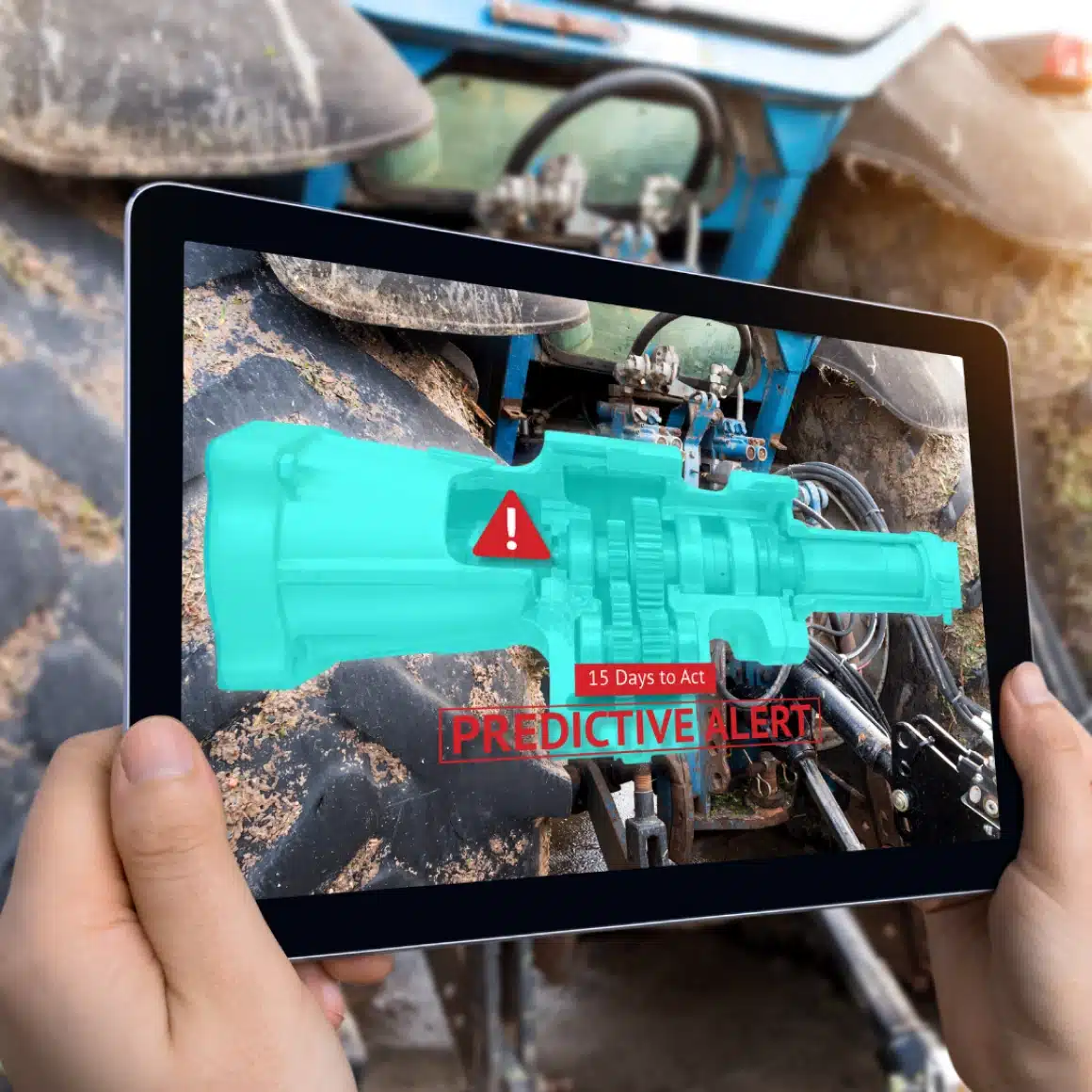SOPs- Standard Operating Procedures are essential to the success of any Maintenance Management Department. They provide clear, step-by-step instructions for routine tasks, ensuring consistency, efficiency, and compliance across the team. By standardizing maintenance activities—from preventive checks to emergency repairs—SOPs reduce the risk of errors, improve equipment reliability, and help meet regulatory and safety requirements. Ultimately, well-developed SOPs support better planning, faster response times, and longer asset life, contributing directly to operational continuity and cost control.
What is a Standard Operating Procedure?
A Standard Operating Procedure (SOP) is a documented set of step-by-step instructions that outlines how to perform a specific task or process consistently and correctly. SOPs are designed to ensure that operations are carried out safely, efficiently, and in compliance with company policies and industry regulations. In the context of maintenance management, SOPs help standardize procedures like equipment inspections, routine servicing, and emergency repairs—enabling teams to reduce errors, maintain quality, and prolong asset lifespan.

Why are the Standard operating procedures important?
In a Maintenance Department, Standard Operating Procedures (SOPs) are essential for ensuring that all maintenance tasks—whether routine or emergency—are carried out safely, efficiently, and consistently. They help standardize procedures such as equipment inspections, preventive maintenance, repairs, and shutdown protocols, reducing the risk of human error and equipment failure. SOPs also support regulatory compliance, especially in industries with strict safety and operational standards.
By providing clear instructions, SOPs improve team coordination, reduce downtime, and extend asset lifespan. They also make training easier for new technicians and ensure maintenance quality remains high even during staff transitions. In short, SOPs create a reliable foundation for proactive, organized, and effective maintenance operations.
- Consistency and Quality: SOPs ensure tasks are performed the same way every time, reducing variability and improving service or product quality.
- Efficiency: Clear guidelines eliminate guesswork, helping employees work faster and more accurately.
- Training and Onboarding: SOPs serve as a valuable training resource, speeding up the learning process for new team members.
- Safety and Compliance: By outlining correct procedures, SOPs reduce the risk of accidents and ensure adherence to safety standards and regulatory requirements.
- Risk Reduction: They minimize the likelihood of costly errors and help maintain business continuity during staff turnover or emergencies.
- Performance Monitoring: SOPs provide a baseline for evaluating performance, identifying inefficiencies, and improving processes.
In short, SOPs are essential for maintaining control, improving outcomes, and driving continuous improvement across operations.
Which industries use SOPs?
Standard Operating Procedures (SOPs) are used across a wide range of industries where consistency, safety, quality, and compliance are essential. Here are some key industries that rely heavily on SOPs:
- Manufacturing – To standardize production processes, ensure quality control, and meet safety and ISO requirements.
- Food & Beverage – To maintain hygiene, ensure food safety (e.g. HACCP), and comply with local and international regulations.
- Pharmaceuticals & Healthcare – To ensure patient safety, follow strict protocols, and meet regulatory standards like GMP and FDA requirements.
- Chemical & Oil/Gas – For managing hazardous materials, ensuring process safety, and complying with environmental and safety regulations.
- Logistics & Warehousing – To streamline inventory handling, loading/unloading, and shipping processes.
- Facilities Management & Maintenance – For routine inspections, preventive maintenance, emergency response, and asset care.
- Construction – To manage safety, site procedures, and regulatory compliance.
- Hospitality – For service consistency, cleanliness standards, and guest satisfaction.
- IT & Software Development – To standardize development, deployment, and support procedures.
- Education & Research – To ensure accuracy and repeatability in labs, data collection, and administrative operations.
What are some types of SOPs ?
1. Step-by-Step SOPs
- Purpose: Provide clear, sequential instructions for routine tasks.
- Best for: Simple, repeatable procedures like equipment inspections or daily maintenance checks.
2. Hierarchical SOPs
- Purpose: Break down complex tasks into main steps and sub-steps.
- Best for: Multi-layered processes where each step includes detailed sub-actions (e.g., machine calibration).
3. Checklist SOPs
- Purpose: Ensure all steps in a process are completed without necessarily describing how.
- Best for: Audits, safety checks, or preventive maintenance rounds.
4. Flowchart SOPs
- Purpose: Visualize decision-based procedures and conditional steps.
- Best for: Processes that involve multiple pathways or decision points (e.g., troubleshooting procedures).
5. Hybrid SOPs
- Purpose: Combine elements from multiple SOP formats (e.g., steps + visuals + checklists).
- Best for: Complex processes requiring both instruction and verification.
6. Emergency Response SOPs
- Purpose: Guide immediate action during critical incidents.
- Best for: Equipment failure, safety hazards, or other urgent situations.
Each type can be tailored to the needs of the department or team using it. Choosing the right format helps ensure clarity, compliance, and ease of use.
How to Write an SOP ?
Writing an effective Standard Operating Procedure (SOP) involves careful planning, structuring, and ensuring clarity so that the process can be followed consistently. Here’s a step-by-step guide on how to write an SOP:
1. Define the Purpose and Scope
- Purpose: Start by defining the purpose of the SOP. Why is this procedure necessary? What specific task or process does it aim to standardize?
- Scope: Define what is included in the SOP and what is not. Clearly outline the boundaries of the process.
2. Identify the Audience
- Who will use the SOP? Understanding your audience (e.g., maintenance staff, quality control, etc.) will help determine the level of detail and technicality required.
- Tailor the language and tone based on the audience’s experience and knowledge level.
3. Gather Information
- Consult Experts: Speak with those who perform the task regularly. They will have insight into the process and potential pitfalls.
- Review Regulations and Standards: Make sure the SOPs comply with relevant standards, guidelines, or regulations that apply to the task or industry.
4. Choose the SOP Format
- Decide on the structure of your SOPs (e.g., step-by-step instructions, flowcharts, checklists, hierarchical format).
- The format should be easy to follow, with clear headings and sections.
5. Write the SOP
- Title Page: Include the title, SOP number (if applicable), version number, effective date, department, and approval information.
- Introduction: Describe the purpose and scope of the SOP.
- Responsibilities: Outline who is responsible for performing the task, overseeing it, and ensuring compliance.
- Materials and Equipment: List everything needed to perform the task.
- Procedure: This is the core of the SOPs, with step-by-step instructions. Be detailed but clear—use numbered lists for easy readability.
- Ensure the steps are in the correct order.
- Use active verbs for clarity (e.g., “Turn off the power,” “Check the temperature”).
- Include visual aids (diagrams, images, flowcharts) where necessary.
- Safety and Compliance: Highlight any safety precautions or regulatory requirements that must be followed during the task.
- Troubleshooting: If applicable, add a troubleshooting section to address common issues that might arise.
- Record-Keeping: Describe any documentation or records that need to be kept.
6. Review and Test the SOP
- Peer Review: Have someone familiar with the process review the SOP for clarity, accuracy, and completeness.
- Testing: If possible, test the SOP by having someone follow it to ensure the process works smoothly and the steps are clear.
7. Implement the SOP
- Distribute the SOPs to the relevant teams or departments.
- Ensure that everyone is trained on the SOP and understands their roles in the process.
8. Monitor and Update the SOP
- SOPs should be living documents. Regularly review and update them to reflect changes in processes, technology, regulations, or lessons learned from implementation.
- Keep track of revisions and ensure that all versions are accessible to staff.
9. Include Revision History
- Maintain a revision history at the end of the SOPs, noting changes made, reasons for revisions, and approval dates. This ensures the document remains accurate over time.
Tips for Writing an Effective SOP:
- Be Clear and Concise: Use straightforward language, and avoid jargon unless necessary for technical processes.
- Keep the Audience in Mind: Adjust the complexity based on the users’ experience.
- Use Visuals: Whenever possible, incorporate diagrams, flowcharts, or screenshots to enhance understanding.
- Be Consistent: Maintain a uniform format throughout your SOPs to make them easier to follow.
Step-by-Step SOP template
Standard Operating Procedure (SOP)
Title: [Title of the Task or Process]
SOP Number: [SOP Number or Code]
Version: [Version Number]
Effective Date: [Date]
Review Date: [Date]
Prepared by: [Name of the person responsible for the SOP]
Approved by: [Name of the approver]
Department: [Department Name]
1. Purpose
State the purpose of the SOP and the outcome it aims to achieve.
Example:
The purpose of this SOP is to guide the team through the process of conducting daily preventive maintenance checks on [Equipment Name].
2. Scope
Define the scope of the procedure, including which tasks are included and any exclusions.
Example:
This SOP covers the procedure for checking the lubrication levels, inspecting the motor, and cleaning the filter in [Machine Name]. It does not cover any repairs or parts replacement.
3. Responsibilities
List who is responsible for carrying out the tasks described in the SOP.
Example:
- Maintenance Technician: Responsible for performing the maintenance checks.
- Maintenance Supervisor: Responsible for verifying the completion and quality of the task.
4. Materials and Equipment
List any materials, tools, or equipment required to complete the procedure.
Example:
- Wrench
- Lubricant
- Cleaning cloth
- Inspection checklist
5. Procedure
Provide the step-by-step instructions to complete the task. Each step should be clear and easy to follow.
Example:
- Step 1: Ensure the machine is powered off and locked out for safety.
- Verify the power source is disconnected.
- Lock and tag the switch-out valve to prevent accidental reactivation.
- Step 2: Check the lubricant levels.
- Open the access panel and inspect the oil reservoir.
- If the level is below the recommended amount, add the specified lubricant until it reaches the proper level.
- Step 3: Inspect the motor.
- Check for any unusual sounds or signs of wear.
- Tighten any loose bolts or components.
- Step 4: Clean the air filter.
- Remove the filter and use a cleaning cloth to remove dust and debris.
- Reinstall the filter once cleaned.
- Step 5: Record the maintenance activities on the checklist.
6. Safety Precautions
List any safety measures that should be taken during the procedure.
Example:
- Always wear personal protective equipment (PPE) such as gloves and safety goggles.
- Ensure the power is off before starting any maintenance work.
- Follow lockout/tagout procedures to avoid accidents.
7. Troubleshooting
Provide solutions for common problems that may arise during the procedure.
Example:
- If the lubricant level cannot be topped off, check for leaks or contact the supervisor.
- If the motor produces a grinding sound, notify the maintenance supervisor immediately.
8. Documentation and Record-Keeping
Explain how records should be kept for compliance and future reference.
Example:
- Complete the daily maintenance checklist and file it in the designated system.
- Ensure that all maintenance actions are logged in the maintenance management software.
9. References
Include any references to guidelines, regulations, or manuals that relate to the procedure.
Example:
- [Manufacturer’s Maintenance Manual]
- [Safety Standards Manual]
10. Revision History
Document any revisions made to the SOP, including the reason for the change.
Example:
| Version | Date | Changes Made | Author | Approved By |
|---|---|---|---|---|
| 1.0 | [Date] | Initial release | [Name] | [Name] |
Maintenance software and SOPs
Integrating maintenance software with Standard Operating Procedures (SOPs) offers significant benefits to organizations by streamlining maintenance tasks, improving efficiency, and ensuring consistency. Here’s how maintenance software and SOPs work together effectively:
1. Streamlining Workflow Execution
- SOPs provide the detailed, step-by-step instructions for performing maintenance tasks.
- Maintenance software allows technicians to access these SOPs directly from their mobile devices or workstations, ensuring they follow the correct procedures in real time.
2. Automation of SOPs
- Maintenance software can automate routine tasks based on predefined SOPs, such as scheduling preventive maintenance, generating work orders, and tracking task completion.
- This reduces the manual effort required to assign tasks and ensures that SOPs are followed consistently without human error.
3. Improved Compliance
- Many industries require strict adherence to regulatory and safety standards, which is facilitated by SOPs.
- Maintenance software can track compliance with SOPs, flagging any missed steps or discrepancies during the execution of maintenance activities, thus ensuring better adherence to internal and external standards.
4. Real-Time Tracking and Updates
- Maintenance software can track the real-time progress of maintenance activities outlined in SOPs, providing supervisors and managers with up-to-date information on task status.
- It also allows easy updates to SOPs when there are changes in regulations, procedures, or equipment specifications, ensuring that teams are always working with the most current instructions.
5. Documentation and Reporting
- SOPs often require documentation to prove that maintenance tasks have been performed correctly and on schedule.
- Maintenance software automatically logs every action taken, creating a digital record of all activities, which is useful for audits, reporting, and continuous improvement efforts.
6. Training and Onboarding
- New technicians can be trained more effectively with a digital system where SOPs are available in the software.
- Maintenance software can offer step-by-step guidance as part of the onboarding process, ensuring new team members are familiar with SOPs from day one.
7. Enhanced Decision-Making
- With maintenance software capturing data and tracking SOP execution, organizations can analyze trends, identify inefficiencies, and make data-driven decisions to optimize procedures, thereby improving long-term operational success.
In essence, maintenance software makes SOPs more dynamic, accessible, and actionable, ensuring that maintenance processes are not only followed but also enhanced with modern technology.
Why Repairist CMMS?
- User-friendly interface.
- Flexible configuration options.
- Powerful integration capabilities.
- Mobile compatibility and offline usage.
- Expert support team and ongoing training opportunities.
- Modular structure: Comprehensive solutions covering all maintenance processes, including periodic maintenance.
Next Steps
Have you received sufficient information about “How to Create SOPs” ?
repairist is here to help you. We answer your questions about the Maintenance Management System and provide information about the main features and benefits of the software. We help you access the repairist demo and even get a free trial.
Aybit Technology Inc.
Frequently Asked Questions (FAQ)
A Standard Operating Procedure (SOP) is a set of step-by-step instructions that describe how to carry out specific tasks or operations to ensure consistency, efficiency, and compliance with company standards and regulations.
SOPs are essential for maintaining quality control, ensuring regulatory compliance, reducing errors, improving safety, and creating a consistent approach to operational tasks across departments.
Typically, supervisors, quality assurance teams, or department leads are responsible for drafting SOPs in collaboration with frontline employees to ensure practicality and clarity.

